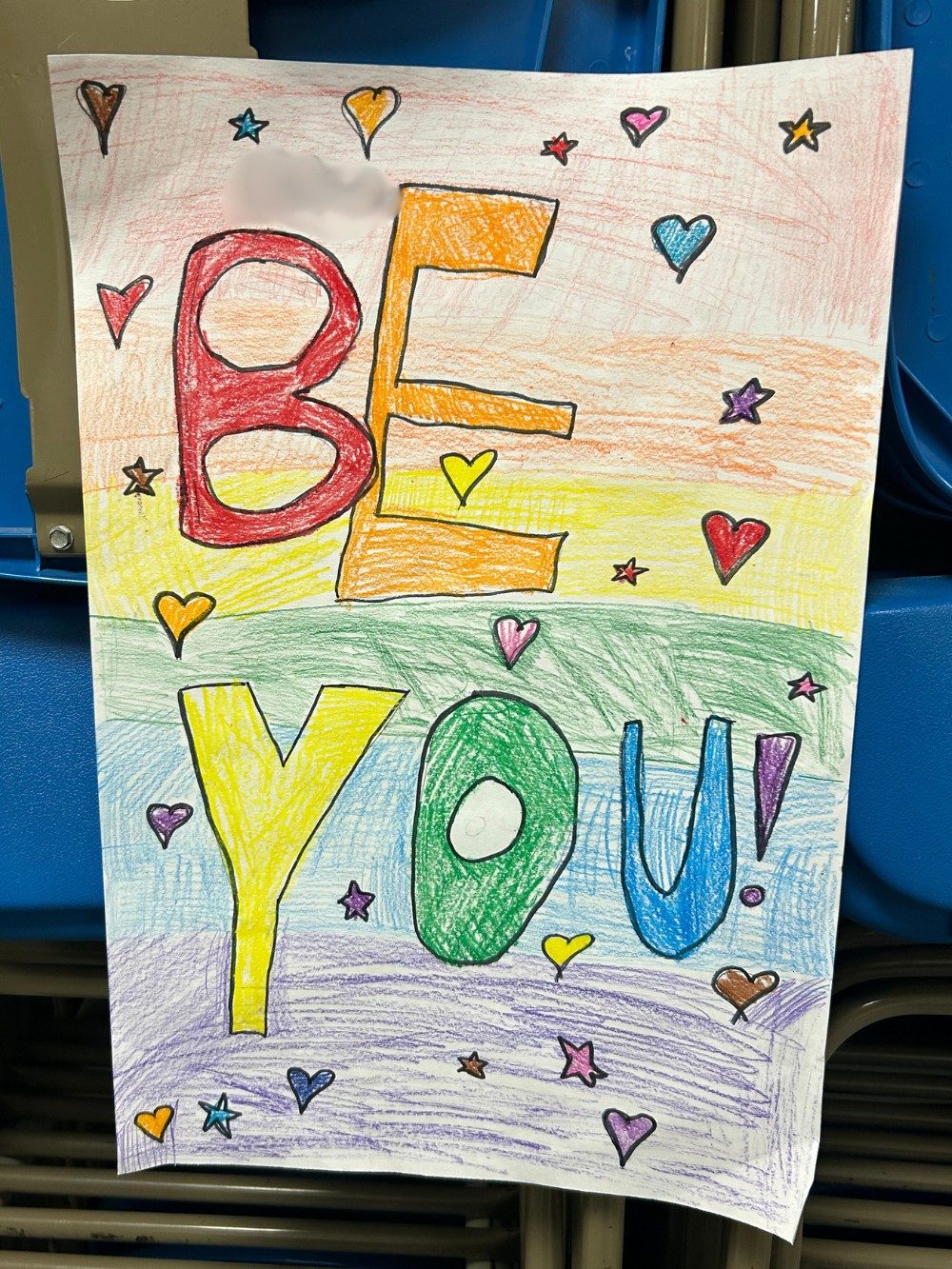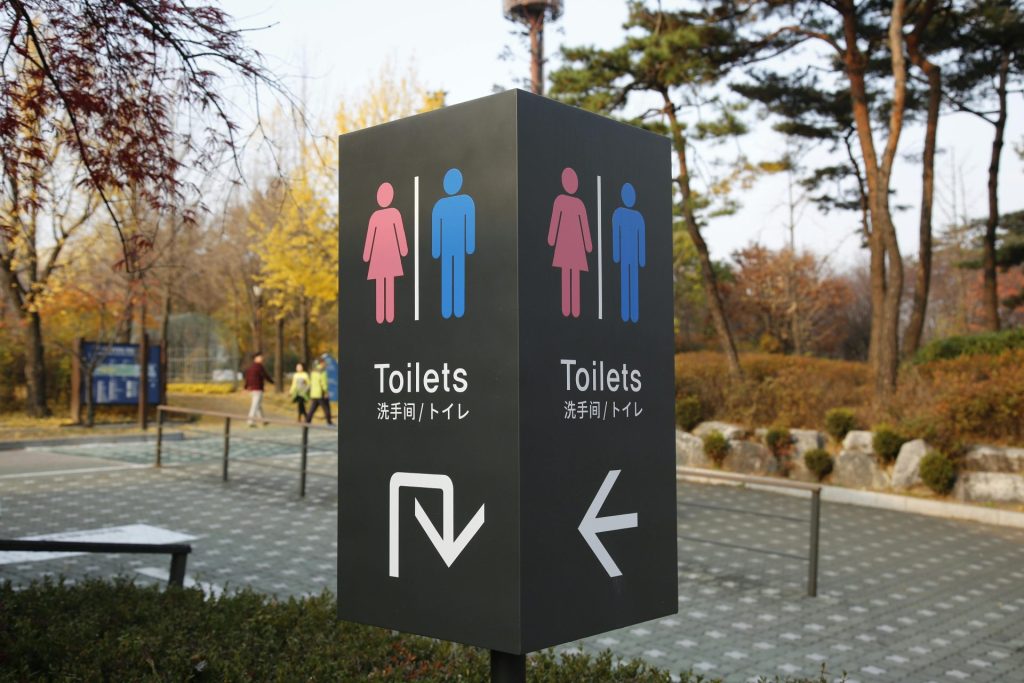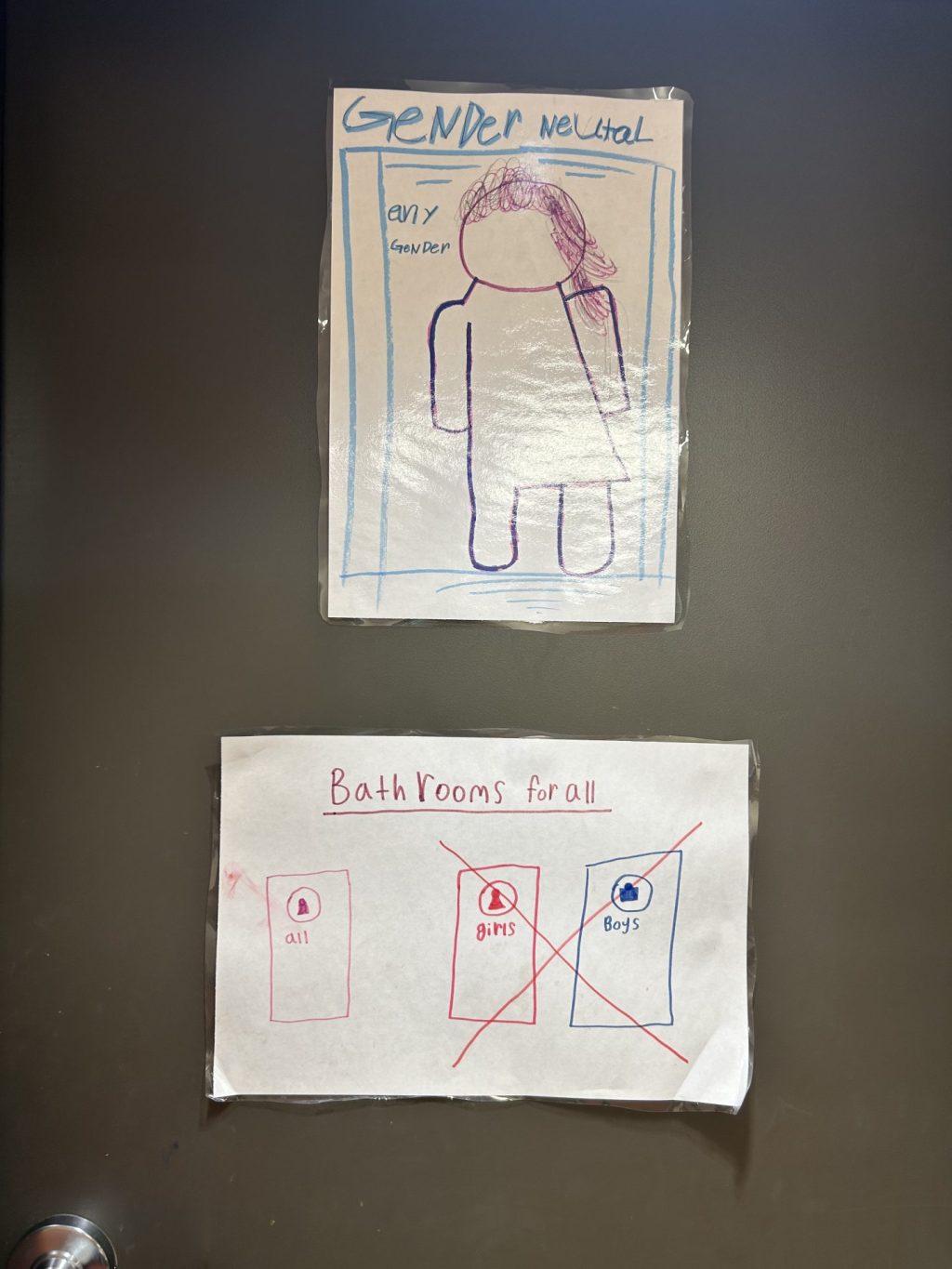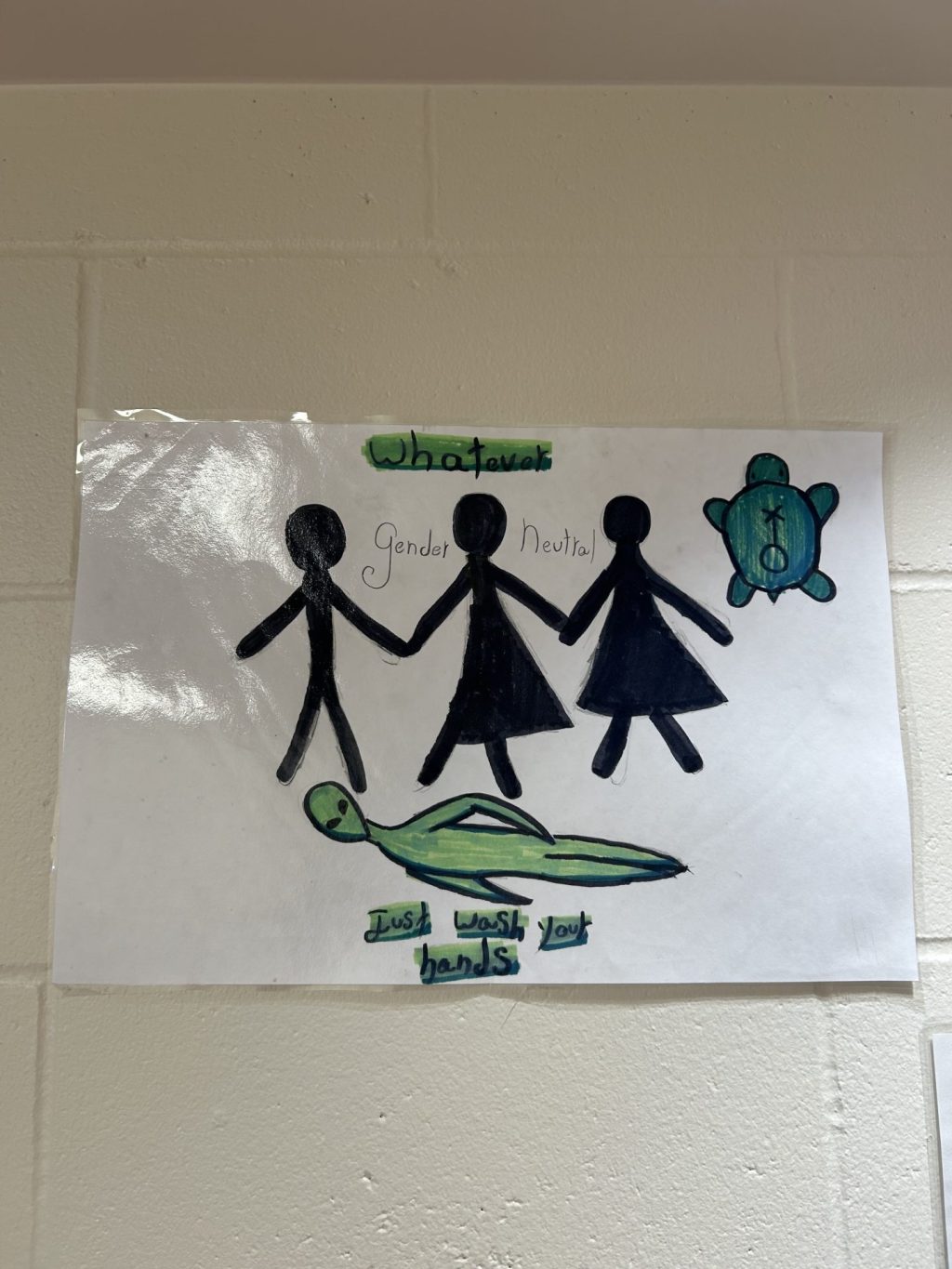
Elementary teachers, we’re excited to share this resource being created just for you!
Scott Sundstrom is a school district administrator at South St. Paul Public Schools. He helps K-12 classroom teachers create safer and more inclusive classrooms for all students. Scott has served as an elementary classroom teacher, college instructor, university supervisor, and a national literacy consultant; now, he’s adding author to the list.
Scott is writing Safe and Inclusive Elementary Classrooms: Undoing the Harm of Heteronormative Practices in Schools and Affirming LGBTQ+ Kids. This book explores LGBTQ+ people and perspectives and shares how representation benefits all students. The book provides tangible strategies for rejecting heteronormativity in the classroom and helps teachers navigate inclusive education in the presence of fear and potential pushback.

Scott identifies a barrier to belonging, mental wellness, and learning engagement for LGBTQ+ students: heteronormativity. In the classroom, heteronormativity assumes that students abide by societal expectations for gender and sexuality. Examples of heteronormativity include gendered language like “boys and girls,” gendered bathrooms, and gender-based expectations for student behavior or academic performance.

Schools can be fraught with heteronormative expectations, especially at the elementary level. Scott wants to change that. He describes his work as “queering instruction.”
“When we think of queering, we are interrupting binaries–and not necessarily just binaries that are related to gender and sexuality… It’s also disrupting the status quo. What is normalized in schools, and how does that impact young people? When we normalize more ways of being, we feel more included. We feel like we belong and that we’re part of something.”
Scott sees the process of queering instruction as disrupting binaries of all kinds. He hopes this book will equip teachers with the ability to notice and name unchallenged norms that are preventing children from showing up as their full selves. He provides tools for disruption, prioritizing strategies that can be immediately implemented.

This all sounds promising, but what about the reality we’re facing? With increasing political pressure and legislation targeting classroom content, is it truly possible to challenge heteronormativity in today’s educational climate?
Scott believes the answer is a resounding YES. Many states still uphold policies that protect inclusive curricula, and this book offers practical strategies that educators can implement regardless of where they teach.
“I really wanted to give tangible examples for what teachers can do now–subtle shifts, small disruptions, tweaks, disruptive tinkering–to make it more inclusive.”
Every teacher has the ability to remove gendered language from their teaching, identify and reject gender expectations, and read children’s literature that affirms identities–even if specific identities are not explicitly named. You have the power to make a difference in creating belonging for all students.

While there have been many strides in LGBTQ+ safety and inclusion in the past few years and decades, students across queer identities still need regular, intentional support from their teachers and communities to feel belonging. Between 2022 and 2023, anti-LGBTQ+ legislation reached an all-time high. And we’re continuing to see this legislation roll in.
In the face of an uncertain future, Scott urges us to prioritize the work of rejecting heteronormativity. “I often ask myself at what cost of not doing the work? We continue to have more queer people suffering from housing insecurity, anxiety, depression, [and] higher suicide rates. When young people have an adult in their life… their mental health is significantly better when they know someone who supports them.” LGBTQ+ student health is at risk, and teachers have the power to change this trend for their students.
Elementary teachers, we’re calling on you to be part of this project. Scott is collecting artifacts, stories, and perspectives on disrupting binaries from teachers in the field. Scott asks, “If you could share one thing about this work and what you do, what would you want to share with leaders?”
Here is what we need to help bring this book to life:
Want further guidance? We went to Windom Elementary School to see how they reject heteronormativity. Here are some examples they shared:



Now, we want to hear from you! How do you reject heteronormativity in your classroom? Share with AmazeWorks to support Scott Sundstrom in his research for Safe and Inclusive Elementary Classrooms: Undoing the Harm of Heteronormative Practices in Schools and Affirming LGBTQ+ Kids.
Reach out to sophie@amazeworks.org with examples and questions. We can’t wait to learn how you interrupt binaries in your classroom. 💙